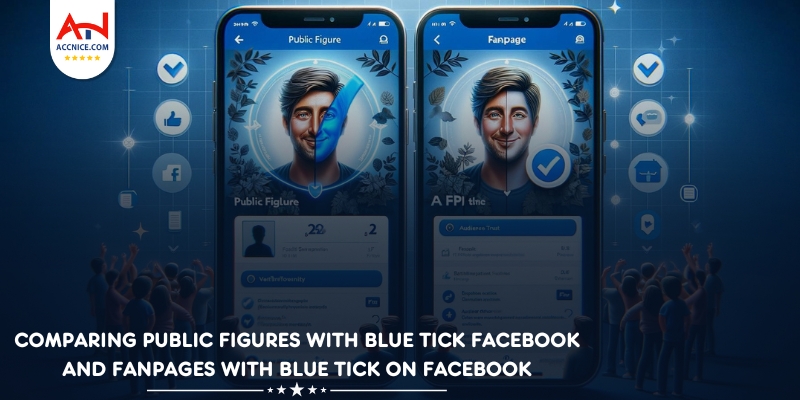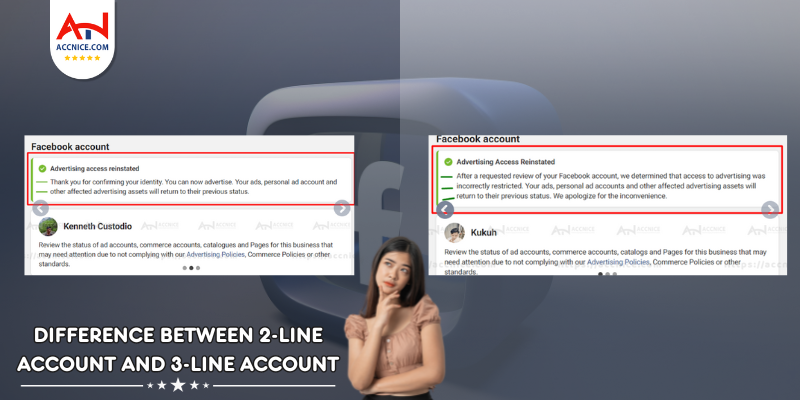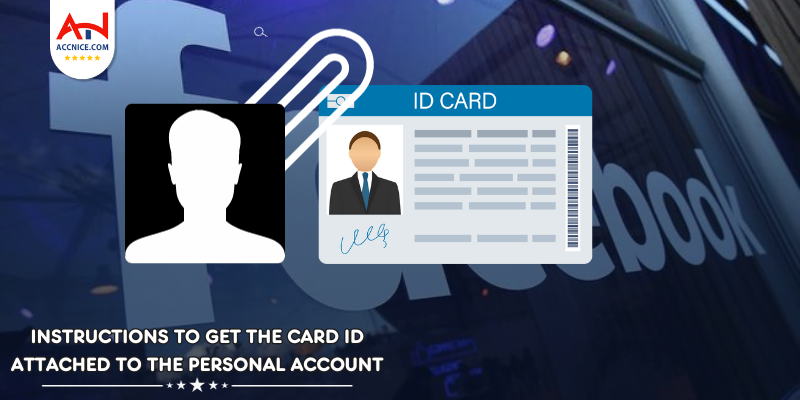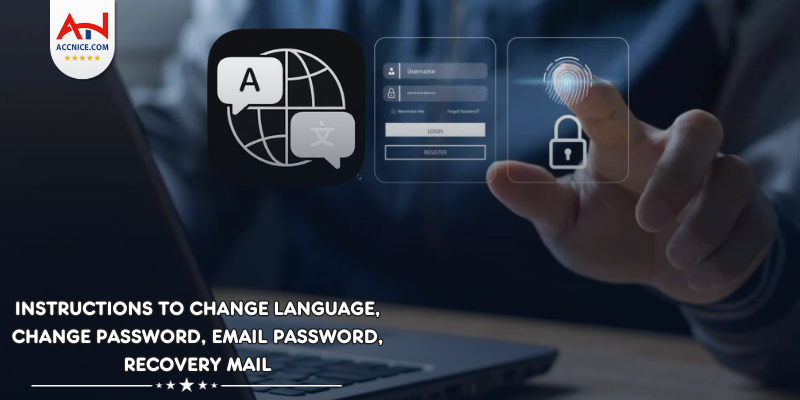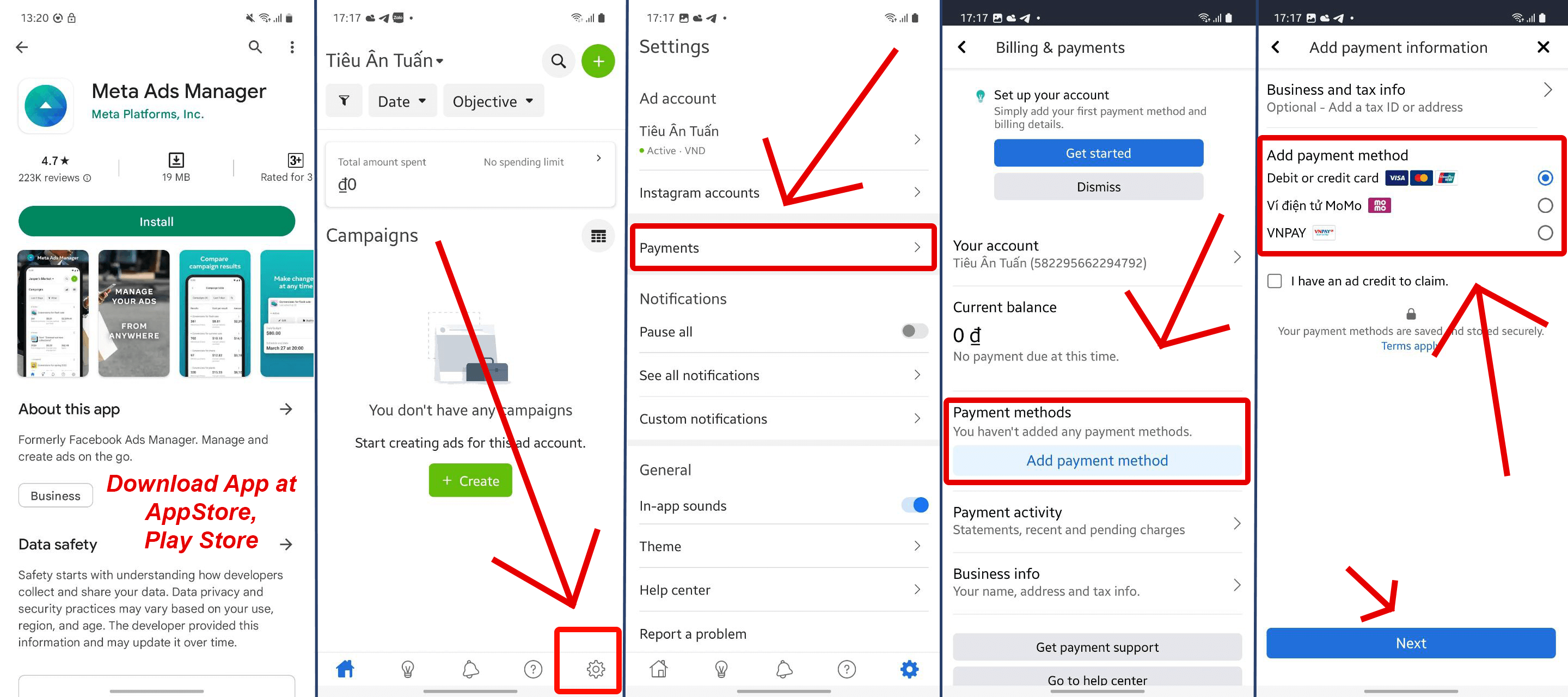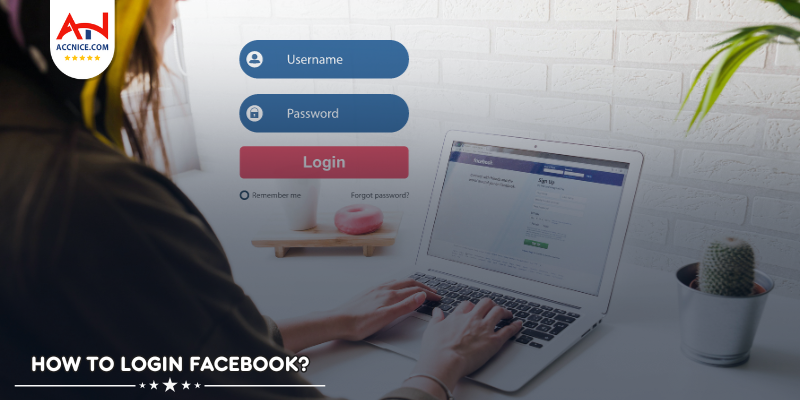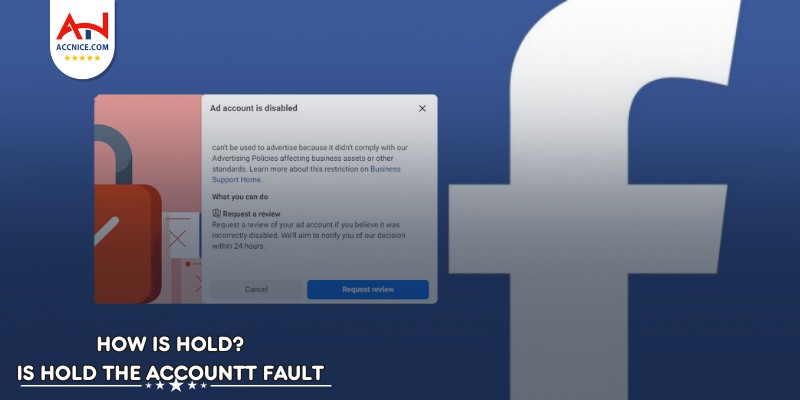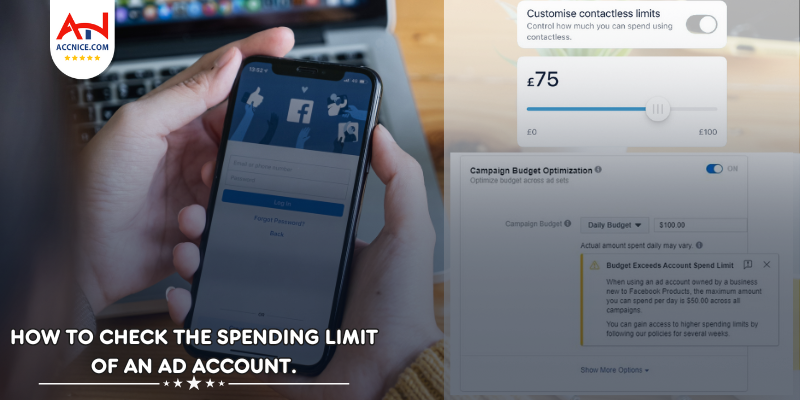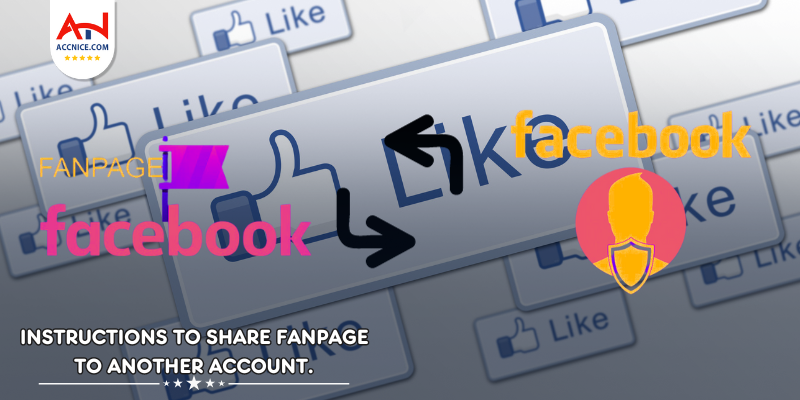Unified Messaging for Businesses: Managing Customer Interactions on Facebook and Instagram
184 vỉew
Writing date: 2024-04-17 15:06:39

In today's digital-first world, managing customer interactions across multiple social media platforms can be challenging. Facebook's unified messaging system provides a streamlined solution for businesses to efficiently handle communications on both Facebook and Instagram. Accnice provides practical advice on how to leverage this system to enhance service and customer engagement.
Understanding Facebook's Unified Messaging System
Unified messaging on Facebook is a transformative feature, especially for businesses that leverage social media platforms to engage with customers. By integrating messages from Facebook, Messenger, and Instagram into a single inbox, the system streamlines communication processes and enhances responsiveness. Here’s a deeper dive into what unified messaging entails and how it benefits users:

1, What is Unified Messaging?
Unified Messaging System: This system is part of Facebook's broader strategy to integrate its various services, making it easier for users to manage communication across multiple platforms. With unified messaging, you receive and respond to messages from Facebook, Messenger, and Instagram in one centralized location.
2, Key Features of Unified Messaging
-
Single Inbox for All Messages: Whether a message is sent to your Facebook Page, through Messenger, or as a direct message on Instagram, it appears in the same inbox. This consolidation eliminates the need to switch between different apps and helps maintain a clear and organized view of all communications.
-
Streamlined Customer Interaction: For businesses, unified messaging can significantly improve customer service efficiency. Managing all communications from a single point allows for quicker responses and ensures no message is overlooked, enhancing the customer experience.
-
Saves Time and Reduces Complexity: Having a single inbox reduces the operational complexity involved in managing communications across multiple platforms. It saves time for businesses and social media managers, allowing them to focus more on the content of interactions rather than on managing the logistics of where each message is coming from.
3, Benefits of Unified Messaging
-
Increased Productivity: By reducing the need to switch between multiple tools or tabs, unified messaging allows businesses and social media managers to handle communications more efficiently. This efficiency can lead to faster response times and higher productivity.
-
Better Customer Insights: Unified messaging allows for a holistic view of customer interactions across platforms. This integration can provide valuable insights into customer preferences and behavior, enabling businesses to tailor their communication strategies more effectively.
-
Enhanced Customer Service: The ability to respond promptly and consistently across all platforms can greatly improve a brand's reliability and customer service quality. Quick and effective responses can lead to higher customer satisfaction and loyalty.
4, How to Use Unified Messaging
To start using the unified messaging system, businesses must link their Facebook, Messenger, and Instagram accounts through Facebook’s Business Suite or Business Manager settings. Once linked, all incoming messages from these platforms will be directed to a single inbox, accessible from any of the linked platforms.
Facebook's unified messaging system is particularly beneficial for businesses that use social media extensively to engage with their audience. By consolidating messages into a single inbox, the system not only simplifies the management of communications but also enhances the ability to engage with customers effectively. As social media continues to evolve as a critical channel for customer relations, taking full advantage of such integrated features can be a game-changer for businesses looking to streamline operations and improve customer interaction.
Setting Up Unified Messaging
Setting up unified messaging by integrating your Facebook, Messenger, and Instagram accounts can significantly streamline your communications, especially if you're managing interactions across multiple social media platforms. Here’s how to set up and start using the unified messaging system effectively:

Step 1: Integrating Your Accounts
Link Your Instagram Account to Your Facebook Page
- Access Page Settings: Log into your Facebook account and navigate to the Page for which you want to integrate messaging.
- Go to the Instagram Tab: In your Page settings, find the section labeled "Instagram." This might be directly on the sidebar or under a broader category like "Connected Accounts."
- Connect Your Instagram Account: Follow the prompts to connect your Instagram business account. You’ll need to enter your Instagram username and password to authorize the connection.
Step 2: Accessing the Unified Inbox
Use Facebook Business Suite or Pages Manager
- Access Business Suite: Once your accounts are linked, you can manage your messages through Facebook Business Suite. This platform is accessible via web on desktop for a comprehensive view or through the Business Suite mobile app for on-the-go management.
- Navigate to the Inbox: In the Business Suite or Pages Manager app, go to the unified inbox where you will start receiving messages from both Facebook and Instagram. This inbox allows you to not only view but also respond to messages across platforms from a single interface.
Additional Setup Tips
- Customize Notification Settings: To ensure you're alerted to new messages promptly, customize your notification settings within Business Suite. This will help you maintain timely responses, which is crucial for customer service and engagement.
- Train Your Team: If you have a team managing social media, make sure they are trained on using the unified messaging system. Understanding how to navigate and utilize the unified inbox efficiently is crucial for maintaining an effective communication strategy.
- Regularly Check Integration Health: Periodically verify that the integration between your Facebook and Instagram accounts is functioning correctly. Occasionally, updates or policy changes might require re-authentication or adjustments to settings.
Unified messaging through Facebook’s Business Suite provides a cohesive and efficient way to manage customer interactions across multiple platforms. By integrating your Instagram and Facebook accounts and utilizing the centralized inbox, you can improve response times, streamline your social media management tasks, and enhance overall communication efficiency. This setup not only saves time but also ensures that your communication efforts are more consistent and effective, thereby improving your engagement rates and customer satisfaction.
Tips for Managing Customer Interactions Effectively
Effectively managing customer interactions across multiple social media platforms can significantly enhance your business's customer service and overall customer satisfaction. By organizing conversations, utilizing automated responses, and integrating your responses across platforms, you can create a streamlined and efficient communication strategy. Here are some detailed tips on how to manage customer interactions effectively:
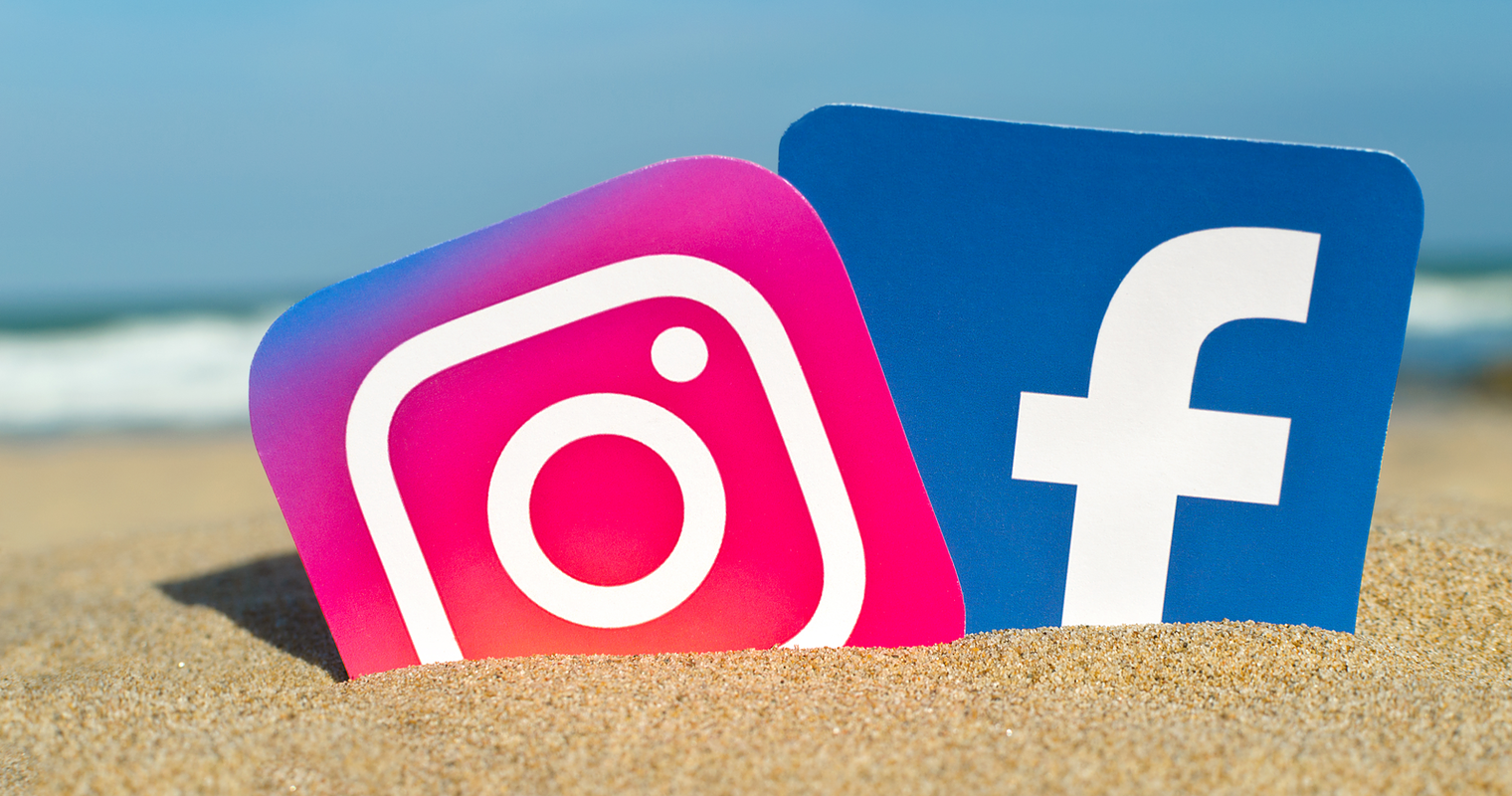
1, Organizing Conversations
-
Use Labels and Filters: Implementing labels and filters in your messaging system helps categorize and prioritize conversations. For instance, you can use labels such as "Urgent," "Follow-up," or "New Customer" to quickly sort messages and determine which ones require immediate attention. This organization not only improves response efficiency but also ensures that no important messages are overlooked.
-
Conversation History: Keeping track of conversation histories is crucial for providing personalized customer service. Use tools that allow you to view previous interactions with a customer within the same thread, enabling you to provide more thoughtful and informed responses.
-
Regular Review and Cleanup: Periodically review your message labels and filters to ensure they remain relevant to your current operations. Archive or delete old conversations to keep your inbox manageable and up-to-date.
2, Automated Responses
-
Set Up Instant Replies: Configure instant replies to automatically greet customers when they send a message. These can include a simple thank-you message, information about your typical response time, or answers to frequently asked questions.
-
Use Bots for Common Inquiries: For more complex but common inquiries, consider setting up chatbots that can provide detailed responses or guide customers through a troubleshooting process. This not only enhances efficiency but also allows your team to focus on more complex customer concerns.
-
Personalize Automated Messages: Even though the responses are automated, try to personalize them as much as possible. Addressing customers by name or customizing messages based on the type of inquiry can make automated interactions feel more personal and engaging.
3, Integrated Responses
-
Seamless Platform Interaction: Ensure that your team can respond to all customer interactions from a unified inbox, whether they're comments on Instagram posts, direct messages on Instagram, or messages on Facebook. This integration helps maintain a consistent voice and service level across all platforms.
-
Monitor All Channels: Regularly check and respond to comments and direct messages across all platforms. This comprehensive monitoring ensures that customer interactions do not go unnoticed, which is crucial for maintaining a positive brand image and customer satisfaction.
-
Engage Proactively: Don't just respond reactively; use your integrated systems to proactively reach out to customers who have shown interest in your products or services, or who might benefit from additional support or information.
Managing customer interactions effectively requires a blend of organization, automation, and integrated communication strategies. By optimizing how you manage and respond to customer inquiries across Facebook and Instagram
Enhancing Engagement Through Unified Messaging

Personalized Communication
- Customize Messages: Tailor your messages based on the customer's previous interactions or queries. Personalized responses foster a stronger connection and encourage loyalty.
Efficient Handling of Queries
- Divide and Conquer: Assign messages to different team members based on their expertise or workload. This delegation improves response times and the quality of customer service.
Monitoring and Analytics
- Track Performance: Utilize the analytics tools provided by Facebook Business Suite to monitor response times and customer satisfaction. Regularly reviewing these metrics allows for continuous improvement in your messaging strategy.
Conclusion
Facebook’s unified messaging system is a powerful tool for businesses seeking to streamline their social media communications. By integrating customer interactions from Facebook and Instagram into a single platform, businesses can provide more effective, efficient, and personalized customer service. Implementing the above tips will not only enhance your responsiveness but also build stronger relationships with your customers, ultimately driving greater engagement and loyalty. Remember, in the realm of digital customer service, consistency and efficiency are key to success.
Don't forget to follow Accnice and tutorial blog to update more interesting content!



